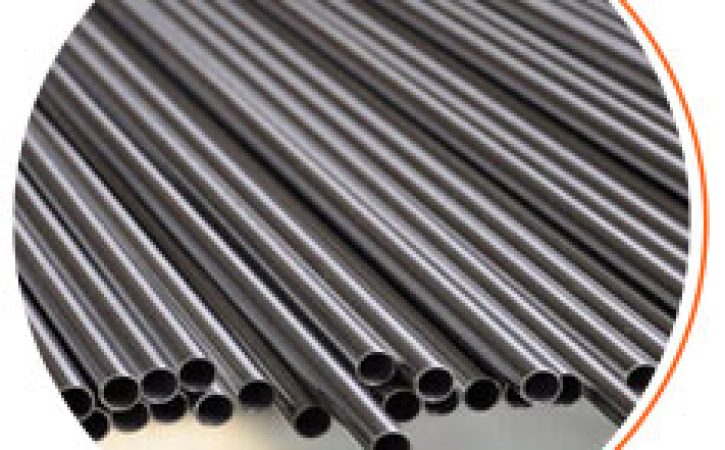ASTM A213 Tubing: A Comprehensive Guide
ASTM A213 tubing is a widely used specification for seamless ferritic and austenitic alloy steel boiler, superheater, and heat-exchanger tubes. This specification sets the standards for the mechanical properties, chemical composition, and testing requirements of these tubes, ensuring their reliability and performance in demanding industrial applications. In this article, we will delve into the key aspects of ASTM A213 tubing, its composition, properties, and applications.
Composition:
ASTM A269 tube is primarily composed of alloy elements that enhance its mechanical properties and corrosion resistance. The main alloying elements include chromium, molybdenum, and nickel, among others. These elements contribute to the formation of a protective oxide layer on the surface of the tubing, making it resistant to oxidation and corrosion even at high temperatures. The specific composition requirements vary depending on the grade of tubing specified, such as T2, T5, T9, T11, T12, T22, T91, and T92.
Mechanical Properties:
ASTM A213 tubing exhibits excellent mechanical properties that make it suitable for high-temperature and high-pressure applications. The tubing must meet specific requirements for tensile strength, yield strength, and elongation. The mechanical properties are determined through various tests, including tension tests, hardness tests, and flattening tests. These tests ensure that the tubing can withstand the stresses and strains encountered during operation.
Applications:
ASTM A213 tubing finds wide application in industries such as power generation, petrochemical, oil and gas, and refineries. It is commonly used in boilers, superheaters, and heat exchangers, where it is subjected to high temperatures and corrosive environments. The tubing’s ability to withstand elevated temperatures and resist oxidation and corrosion makes it ideal for these critical applications. Additionally, its seamless construction ensures efficient heat transfer and prevents leakage, ensuring the safe and reliable operation of equipment.
Heat Treatment:
To optimize the mechanical properties of ASTM A213 tubing, it often undergoes heat treatment processes such as normalizing, annealing, or tempering. Heat treatment helps refine the microstructure of the tubing, improve its toughness, and relieve internal stresses induced during manufacturing processes. The specific heat treatment requirements vary depending on the grade and intended application of the tubing.
Quality Control and Testing:
ASTM A213 tubing undergoes rigorous quality control measures to ensure its compliance with the specified standards. Manufacturers conduct various tests, including chemical analysis, mechanical tests, and non-destructive tests such as ultrasonic testing and eddy current testing. These tests verify the tubing’s chemical composition, mechanical properties, and freedom from defects. Compliance with these stringent testing requirements ensures that the tubing meets the necessary quality standards.
Availability and Sizes:
ASTM A213 tubing is available in a wide range of sizes and dimensions to suit different application requirements. It is commonly available in seamless form, with sizes ranging from 1/8″ to 5″ outside diameter and thicknesses varying from 0.015″ to 0.500″. The lengths can be customized based on customer needs. Additionally, the tubing can be supplied in straight lengths or as U-bends, depending on the application and installation requirements.
Conclusion:
ASTM A213 tubing is a versatile and reliable specification for seamless ferritic and austenitic alloy steel tubes used in high-temperature and high-pressure applications. Its composition, mechanical properties, and adherence to rigorous testing requirements ensure its suitability for critical industries such as power generation and petrochemicals. By providing excellent resistance to oxidation and corrosion, ASTM A213 tubing plays a vital role in ensuring the efficiency and longevity of equipment in demanding environments.
- SHARES







